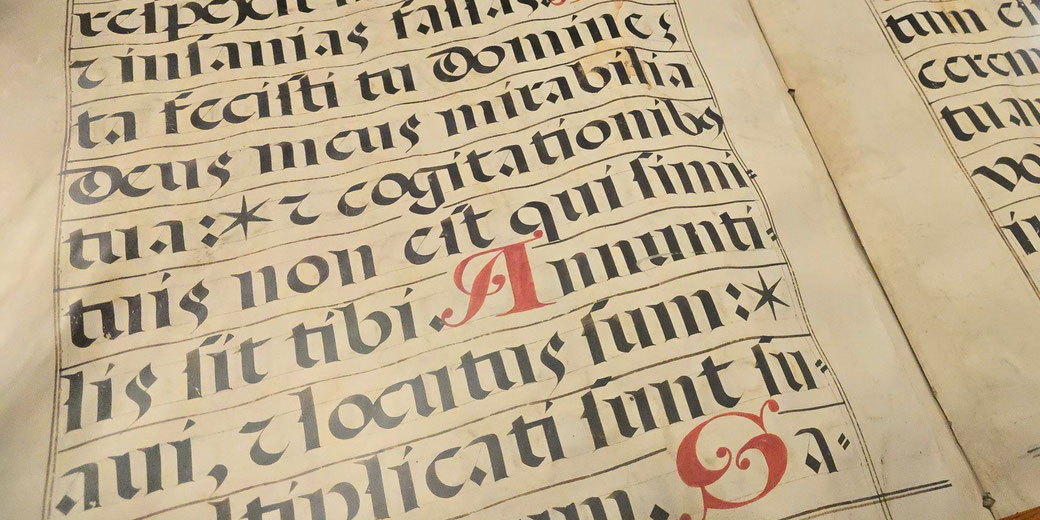How to quote from historical sources

Quoting from historical sources is an essential skill for anyone engaging in historical research or writing. It allows you to provide evidence for your arguments, give voice to the past, and engage directly with primary sources.
When quoting from historical sources, it's important to do so accurately and thoughtfully, ensuring that the quotes are relevant and add depth to your work.
Every essay should be based upon personal research and analysis. Any factual material or ideas taken from other sources must be acknowledged using a reference, unless it is common knowledge (e.g., World War II continued from 1939 until 1945).
Referencing is a standardised way of acknowledging the sources of information and ideas that you have used in your document.
You must reference any information you have taken from both primary and secondary sources.
There are two types of quotations:
What do you need help with?
Download ready-to-use digital learning resources
Copyright © History Skills 2014-2025.
Contact via email
With the exception of links to external sites, some historical sources and extracts from specific publications, all content on this website is copyrighted by History Skills. This content may not be copied, republished or redistributed without written permission from the website creator. Please use the Contact page to obtain relevant permission.







